Table of Contents
Solana, a high-speed blockchain known for its low transaction fees and scalability, has seen a massive surge in popularity over the past few years. From its humble beginnings in 2020 to becoming one of the leading blockchain networks, Solana has attracted developers, investors, and traders alike. However, with the rise of meme coins on the Solana network, many are questioning whether this trend is helping or hurting its overall value. More recently, the price of Solana has experienced a noticeable dip, leading to debates about whether this is due to flaws in Solana’s own design or the result of traders rapidly buying and dumping meme coins.
What is Solana?
Solana is a blockchain platform designed to support decentralized applications (dApps) and cryptocurrencies. What makes Solana unique is its use of a technology called Proof-of-History (PoH) combined with Proof-of-Stake (PoS), allowing it to process thousands of transactions per second with low fees. Unlike Ethereum, which has struggled with congestion and high gas fees, Solana provides a more scalable and cost-effective solution, making it a favorite for developers launching new projects.
With these advantages, Solana has become one of the most active networks in the crypto space, hosting everything from decentralized finance (DeFi) projects to NFT marketplaces and, more recently, meme coins.
The Rise of Meme Coins on Solana
Meme coins — cryptocurrencies based on internet jokes, pop culture references, or trends — have exploded in popularity over the last few years. Coins like Dogecoin (DOGE) and Shiba Inu (SHIB) paved the way for meme coins to become a major sector in crypto. These coins typically have little fundamental utility but gain traction due to community hype, celebrity endorsements, and social media trends.
Solana’s fast transaction speeds and low fees have made it a prime choice for launching new meme coins. Compared to Ethereum, where trading meme coins can be expensive due to high gas fees, Solana provides an environment where traders can buy and sell these tokens rapidly without worrying about excessive costs. This has led to an explosion of meme coin projects, some of which have gained massive value in a short amount of time before crashing just as quickly.
One of the most famous recent examples is BONK, a Solana-based meme coin that saw a meteoric rise in value before suffering a steep decline. Many traders made quick profits, but others were left holding bags of nearly worthless tokens after large-scale dumps. This phenomenon has led many to question whether the influx of meme coins is benefiting or damaging Solana’s ecosystem.
Why is Solana’s Price Dropping?
Solana’s price has experienced volatility, with some sharp dips in recent months. But who is to blame? There are two main theories:
Theory 1: Solana’s Own Flaws
Some argue that Solana’s own issues are responsible for its price decline.
- Network Outages: Solana has faced multiple network outages over the years, sometimes lasting for hours. These outages shake investor confidence and raise concerns about the blockchain’s reliability.
- Security Concerns: While Solana is known for its speed and efficiency, some critics argue that its decentralization is weaker compared to networks like Ethereum. A less decentralized network can make it more vulnerable to attacks or manipulation.
- Over-reliance on Speculative Trading: Unlike Ethereum, which has a strong foundation in DeFi and NFT applications, much of Solana’s recent activity has been centered around speculative trading, especially with meme coins. This creates a volatile environment where price movements are dictated more by trends than long-term adoption.
Theory 2: The Impact of Meme Coin Traders Dumping Tokens
The second theory is that the rise of meme coins on Solana has created an environment where large traders (or “whales”) are able to manipulate the market.
- Pump-and-Dump Cycles: Many meme coins experience a cycle where early investors buy up tokens at a low price, hype them up through social media, and then sell (or “dump”) them once prices skyrocket. This rapid cash-out can lead to major price crashes, pulling down the overall Solana market with it.
- Increased Volatility: Since meme coins dominate a significant portion of Solana’s trading volume, their fluctuations can cause instability in the entire ecosystem. When traders see major sell-offs, they might panic and sell their SOL holdings, contributing to price drops.
- Short-Term Speculation vs. Long-Term Growth: Many meme coin investors are not committed to Solana as a long-term project. Instead, they are looking for quick profits. This means that once a meme coin craze dies down, there’s less trading activity, leading to lower demand for SOL itself.
Is This Good or Bad for Solana?
The impact of meme coins on Solana is a double-edged sword.
The Good:
- Increased Attention and Adoption: More traders and developers are engaging with the Solana network due to the hype surrounding meme coins. This has led to more users interacting with Solana wallets, exchanges, and DeFi platforms.
- Higher Trading Volume: Solana’s trading activity has surged, bringing in new liquidity and interest in the network. More trading means more transaction fees, which can support the ecosystem’s growth.
- New Developers and Innovation: Meme coins, despite their speculative nature, bring in new developers who experiment with tokenomics and blockchain applications, potentially leading to useful innovations in the long run.
The Bad:
- Unstable Market Conditions: The constant boom-and-bust cycles of meme coins make it difficult for Solana to establish itself as a stable and reliable blockchain.
- Loss of Investor Confidence: If Solana becomes known primarily as a “meme coin casino,” serious investors might hesitate to build long-term projects on the platform.
- Potential Regulatory Scrutiny: Governments and regulators may start cracking down on meme coins if they are seen as pump-and-dump schemes, which could lead to stricter rules on Solana-based projects.
Conclusion: Who’s Really to Blame?
So, is Solana’s price dip its own fault, or is it the fault of traders dumping meme coins? The answer is likely a combination of both. Solana’s network issues and speculative trading culture make it more vulnerable to price swings, while meme coin volatility fuels short-term market instability. While meme coins have brought excitement and growth, they have also increased risk and uncertainty. The future of Solana depends on whether it can balance speculation with real-world adoption and long-term innovation.
As crypto continues to evolve, Solana has the potential to remain a major player — but only if it learns from its challenges and adapts to create a more sustainable ecosystem.
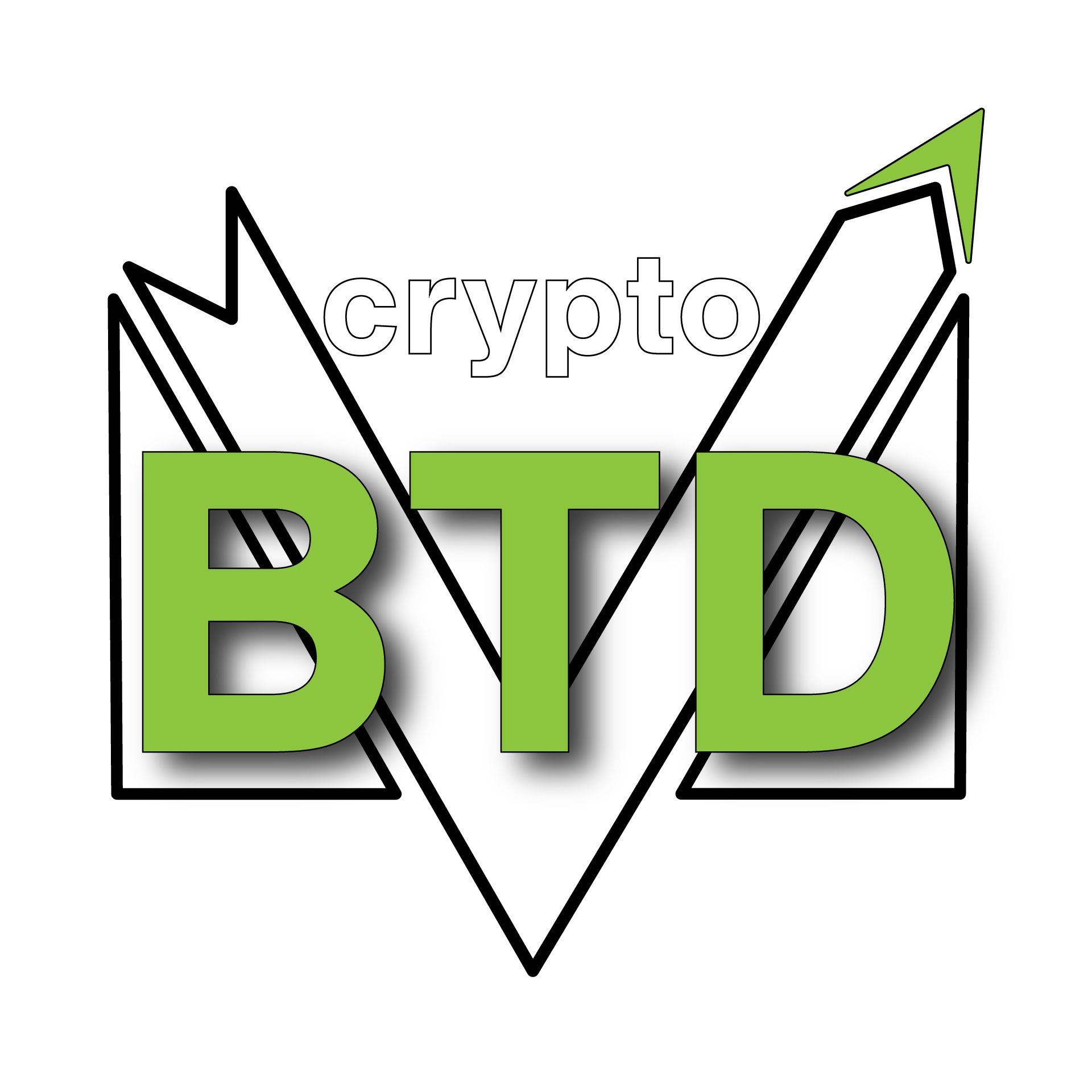
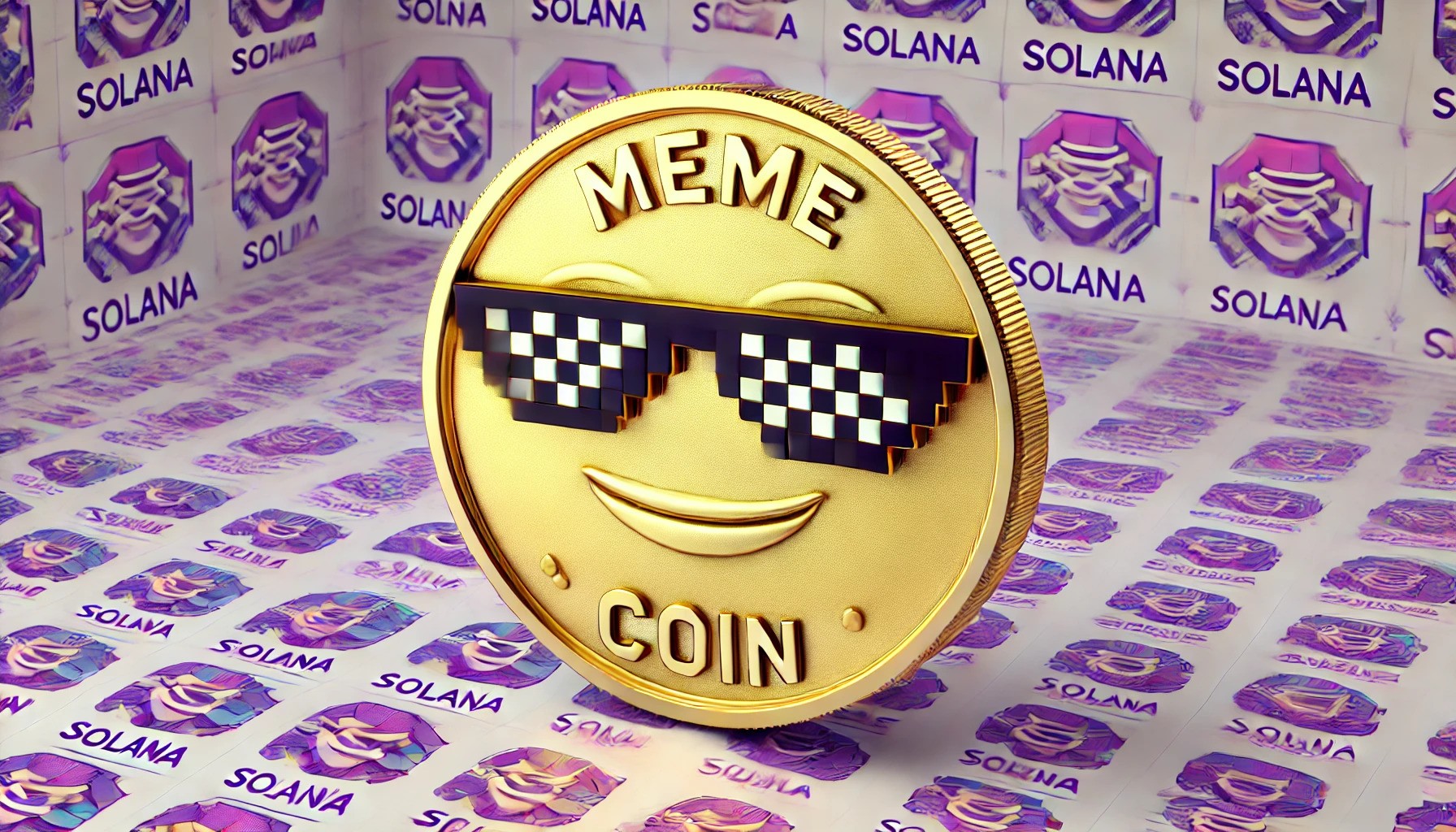
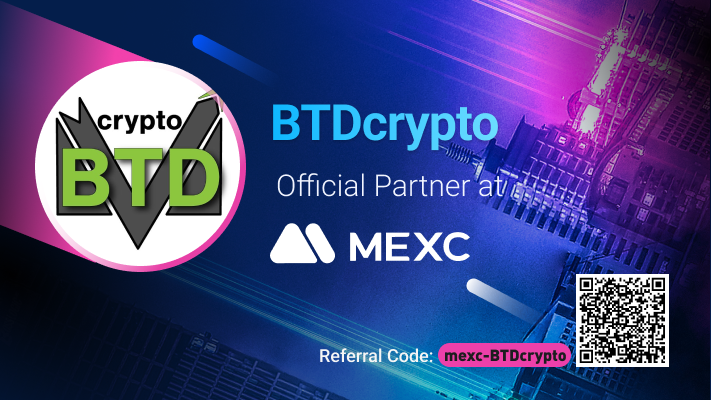


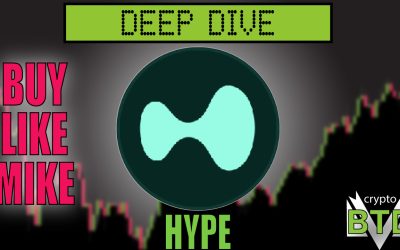
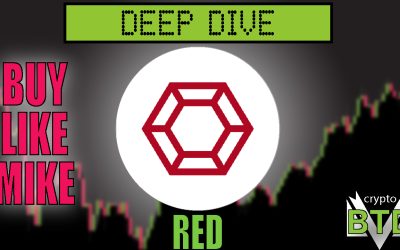
0 Comments